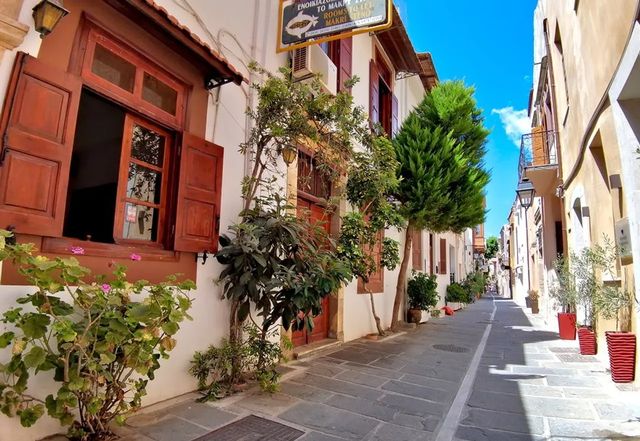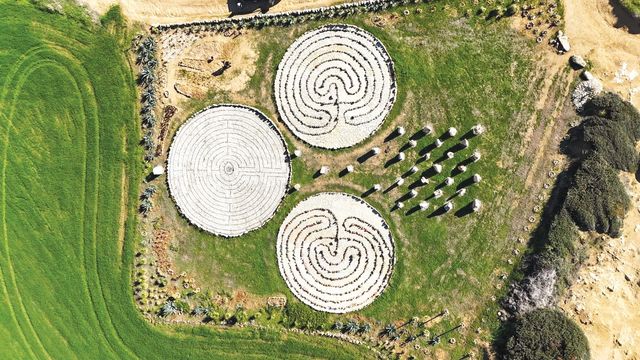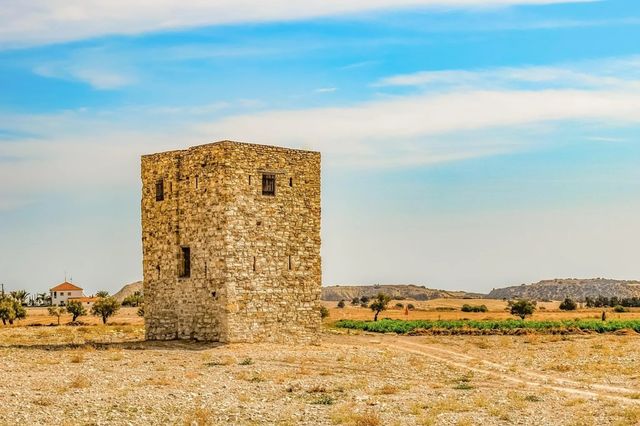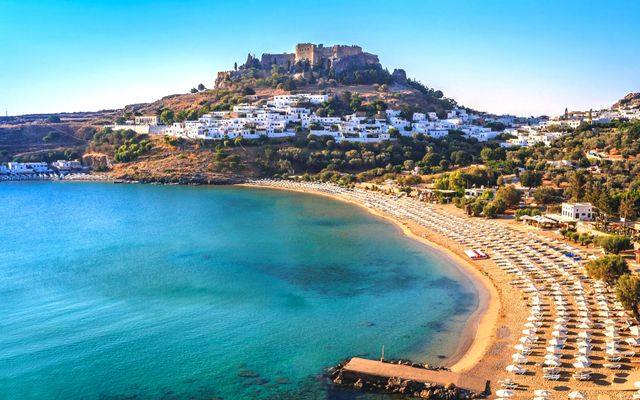Crete is truly one of the most beautiful places on Earth. Its lush nature, endless beaches, and ancient monuments make it a unique destination. But the true soul of the island is found in its villages—charming, authentic, and full of character. With their old-world architecture, narrow winding streets, thriving greenery, and cozy taverns, these villages offer a glimpse into the traditional life of Crete, away from the usual tourist paths.
Here’s our TOP 5 most picturesque villages in Crete—a perfect addition to your travel route through the island.
1. Argyroupoli – The Village of Waterfalls and Ancient Ruins
Located in northwest Crete between the towns of Chania and Rethymno, Argyroupoli is built on the site of ancient Lappa, one of the oldest settlements on the island. Though it once thrived as an independent city, it was destroyed in 68 BCE by Roman general Quintus Metellus. In the 19th century, it was under Ottoman control before evolving into the village we see today.
Walking through Argyroupoli feels like stepping into history. Ancient ruins, mosaic floors, Venetian doorways, and modern homes coexist side by side. The village is also famous for its waterfalls, fed by mountain springs, and shaded by lush greenery—a true oasis amid Crete’s warm landscape.
Highlights in Argyroupoli:
Waterfalls: A scenic area perfect for summer picnics among cascading streams and vibrant greenery.
Archaeological sites: Remains of ancient Lappa, including walls and mosaics.
Churches and Monasteries: Historic churches with frescoes, such as the Monastery of St. John.
Where to eat: Try one of the local taverns serving authentic Cretan cuisine.

2. Anogeia – A Village of Proud History and Rich Folklore
Perched at 740 meters on the slopes of Mount Ida (Psiloritis), Anogeia (or Anoyia) is known for its resilient spirit and cultural heritage. It played a key role in the resistance during WWII and remains deeply rooted in Cretan tradition.
Here, time stands still. Locals still wear traditional dress, and men proudly carry daggers at their waist. Anogeia is also the island’s weaving capital and the birthplace of the legendary musician Nikos Xylouris, whose music introduced Cretan sounds to the world.
Highlights in Anogeia:
Village square: Experience Cretan music, dance, and the traditional "mandili" songs.
Museum of Nikiforos Fokas: Dedicated to a local hero and the WWII resistance.
Folklore Museum: Showcasing local crafts like embroidery and pottery.
Where to eat: Taste lamb dishes, goat cheese, homemade wine, and traditional sweets served with local honey.
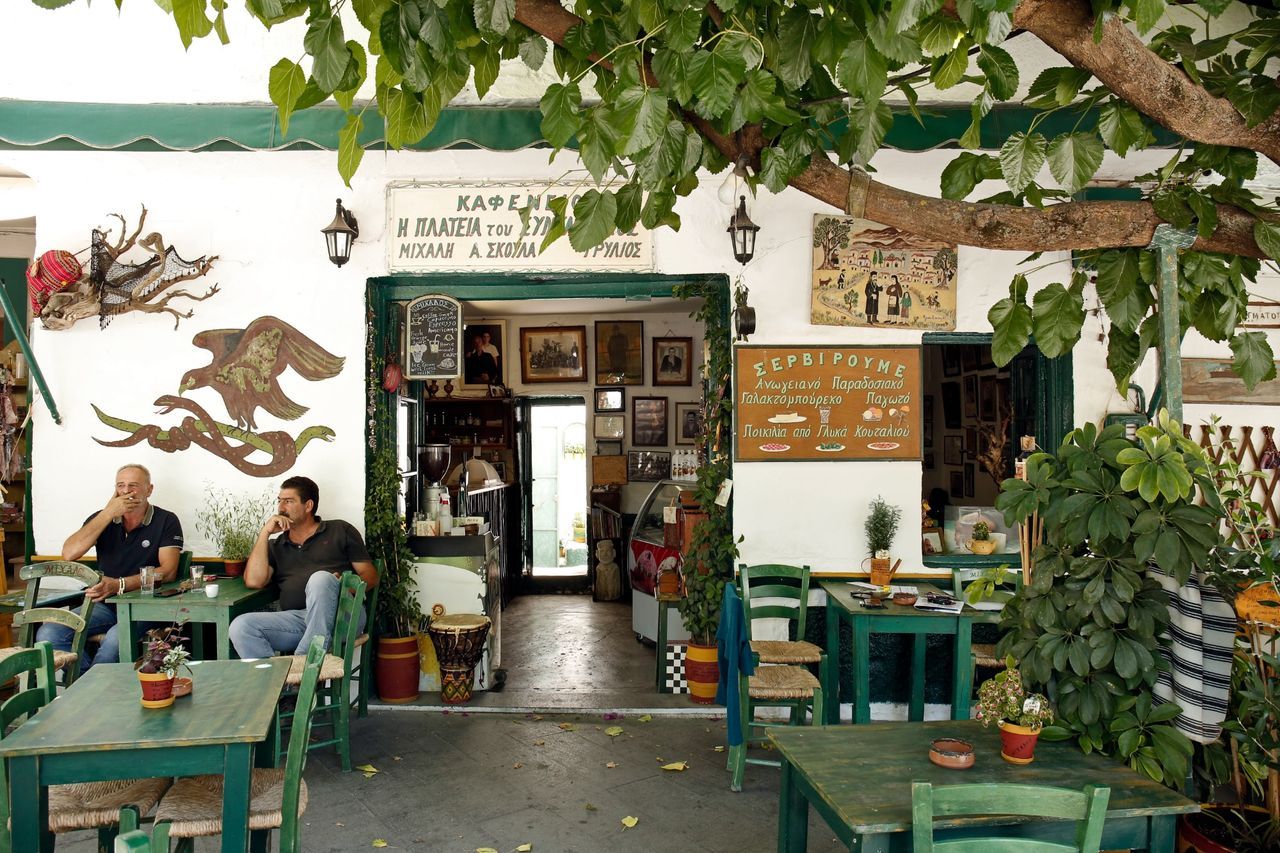
3. Kritsa – An Ancient and Traditional Village with Stunning Views
Just a short drive from Agios Nikolaos, Kritsa is one of Crete’s oldest and most picturesque villages. With its stone houses, winding alleys, colorful flowers, and friendly locals, Kritsa feels like a living museum of Cretan life.
In the Middle Ages, it was the largest village on the island and is believed to be descended from the ancient city of Lato, whose ruins lie only 3 km away. The area is also rich in natural beauty and great for scenic walks.
Highlights in Kritsa:
Ancient city of Lato: Well-preserved ruins from the 4th century BCE.
Church of Panagia Kera: A 12th-century church famous for its rare Byzantine frescoes.
Craft shops: Local artisans sell handmade textiles, ceramics, and jewelry.
Where to eat: Try Cretan specialties like dakos (bread with tomatoes and cheese), wild greens, and traditional veggie dishes.
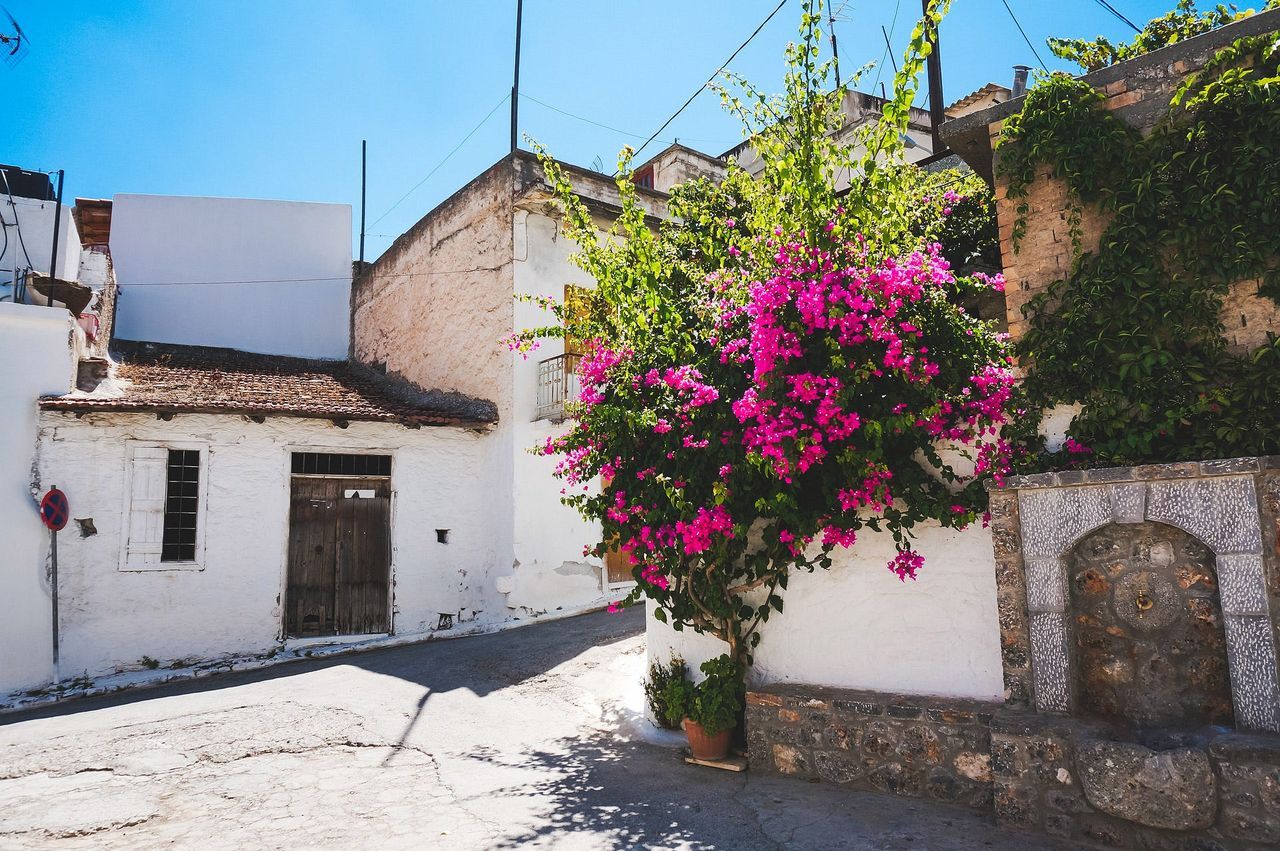
4. Spili – A Village of Fountains and Fresh Mountain Air
Located south of Rethymno, Spili is famous for its crystal-clear natural springs and historic fountains. Its colorful homes, green streets, and peaceful squares make it a perfect place to relax and enjoy the serene Cretan lifestyle.
The name "Spili" means “caves,” and true to its name, the village lies nestled between cliffs with several natural caves nearby. It’s a place where time slows down, and life flows as gently as the mountain streams.
Highlights in Spili:
Kefalovryso Fountain: A central fountain with 19 lion heads pouring ice-cold spring water.
Churches and Monasteries: Byzantine-era churches with preserved frescoes.
Hiking trails: Mountain paths offering scenic views for nature lovers.
Where to eat: Sample grilled meats, dishes made with fresh mountain herbs, and local desserts made with honey and nuts.

5. Chora Sfakion – Where Untouched Crete Lives On
In southern Crete, Chora Sfakion is a charming seaside village with a small harbor and pebble beaches, located at the end of the Imbros Gorge. This peaceful fishing village has preserved its raw, natural beauty and authentic island vibe.
The name “Sfakion” is rooted in the Greek word for "gorge" or "depth." Today, it is home to around 400 residents who fish and host travelers seeking the wilder, more genuine side of Crete. The area is also a gateway to some of the island’s most famous hiking trails, including Samaria Gorge.
Highlights in Chora Sfakion:
Harbor and beaches: Perfect for swimming, sunbathing, or a quiet stroll.
Church of St. George: Traditional white-washed church surrounded by olive groves.
Old Lighthouse: Climb up for panoramic views and breathtaking sunsets.
Where to eat: Tavernas line the waterfront, serving fresh seafood, Sfakian pies, lamb dishes, and other Cretan delights.
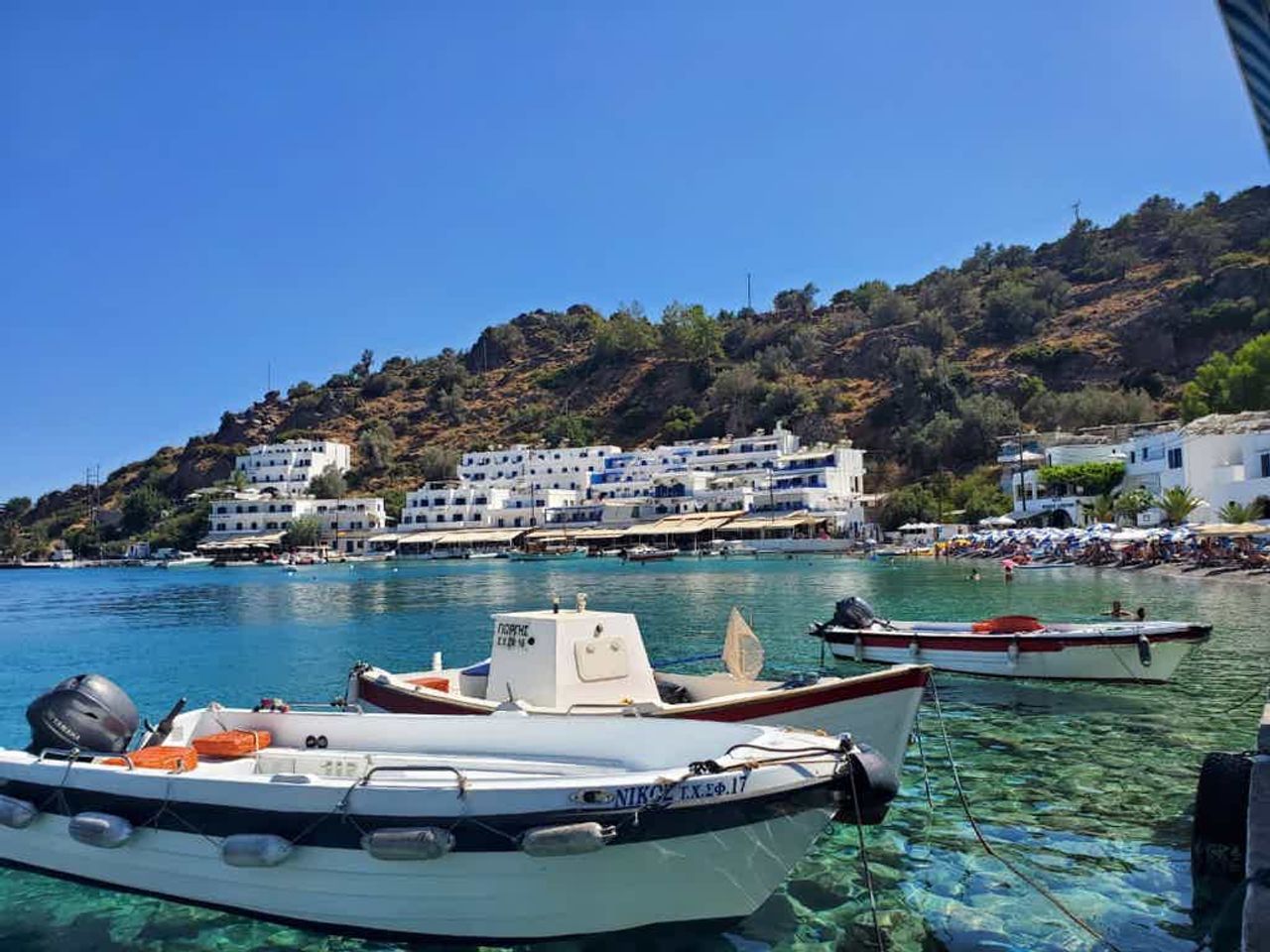
These five villages are true gems of Cretan culture, history, and beauty. Visit them to experience the island’s soul, meet its warm-hearted people, and immerse yourself in centuries-old traditions.
Looking for a car to explore Crete?
Find the best rental deals on secrental.com — with an easy booking process, a wide selection of vehicles, and great prices to make your island adventure truly unforgettable.
